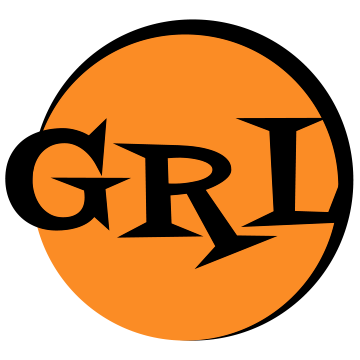|
I met a traveller from an antique land, |
notes and commentary
- ↑ The Egyptian pharaoh Ramses II was called Ozymandias by the Greeks. According to Diodorus Siculus, a first-century Greek historian, the following was written at the base of Ramses II statue—the largest in Egypt: “I am Ozymandias, King of kings. If anyone would know how great I am and where I lie, let him surpass any of my works.”
- ↑ Having no torso.
- ↑ I.e., to outlive.
- ↑ The hand is that of the sculptor’s who mocked or imitated and perhaps made fun of the artist’s passions.
- ↑ A parallel of the first part of the line: the heart is the king’s which fed his passions.
